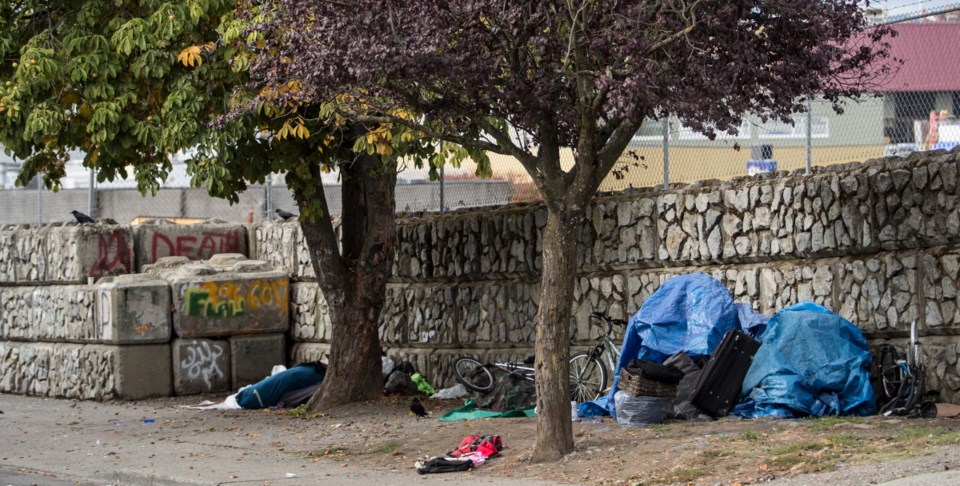The Burnside-Gorge Community Association is right to call for a halt to development of shelters and supported housing in its neighbourhoods. This isn’t a case of Nimbyism. In 2009, when the StreetLink shelter had to relocate from downtown because of a flood of complaints, Burnside-Gorge accepted the Rock Bay Landing shelter that replaced it.
At that time, the community was promised all sorts of measures to reduce the impact of the shelter. Mostly, they haven’t worked.
So it’s no surprise people and businesses are alarmed by plans to add shelter beds to the former Super 8 Hotel on Douglas Street and convert the nearby Tally Ho Hotel to supportive housing.
The opponents aren’t opposed to seeing the buildings converted to low-income housing. They fear the impact of more housing aimed at the most challenging members of the homeless or at-risk community.
There are advantages to using the properties this way. It’s easier to convert them to single rooms than adapt them for low-income families, and housing people in one area can improve access to services.
But the community is justified in calling for a halt until residents and businesses are persuaded that the new facilities won’t harm the community.
These kinds of shelters and supportive housing are badly needed. But the people they serve are hard to house and can be difficult neighbours.
And the non-profits that operate the shelters and housing are underfunded and struggle to provide supports and services that could reduce the impact in the community. Likewise, the city faces challenges in providing the policing and other external supports needed to ensure the neighbourhoods aren’t harmed.
Those issues can be addressed, particularly with adequate funding.
But they are stopgaps. The real problem is that we use shelters and much of supportive housing as warehouses for people with significant mental illness and addictions. We have failed to provide the needed supports for them within the housing, in the health-care system and in the community. Addiction treatment options are desperately scarce, and mental-health services are entirely inadequate.
And people with untreated mental illnesses and raging addictions are not good neighbours.
The solution is not to respond in the same way, with more shelters and more supportive housing aimed at the most desperate.
We need to cut off the supply of people who need that level of support. Provide adequate addiction and mental-health services; invest in catching people before they start the fall to the streets. People don’t wake up one day and decide they want to be homeless; they fall in a series of steps, and intervention at any point can change their futures.
Those services are expensive. But so are shelters, property crime, neighbourhood disorder, policing, hospital stays and emergency services.
We can do much better. Ideally, the response from Burnside-Gorge will spark a real discussion of what’s needed to deal with this crisis — and action.



